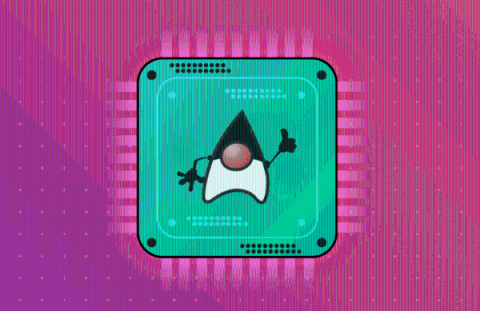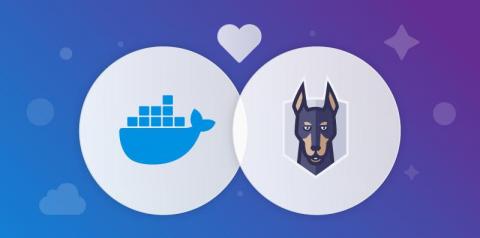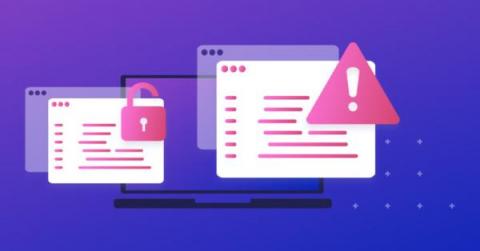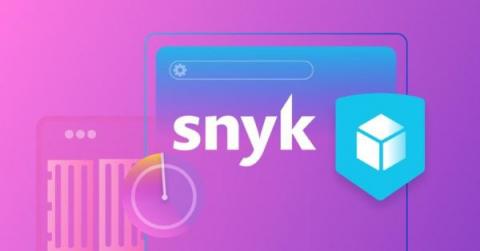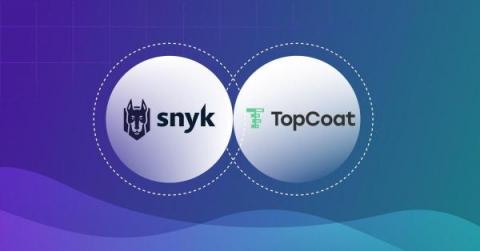How to do password encryption in Java applications the right way!
There are multiple types of encryption and most ecosystems and languages come with many libraries to help you encrypt the data. The question nowadays is, what type of encryption should I pick for the problem. This article will focus on encrypting passwords for Java applications specifically. While we can apply the main principles to any ecosystem, we will explore examples and libraries in Java that are useful for your daily job.


